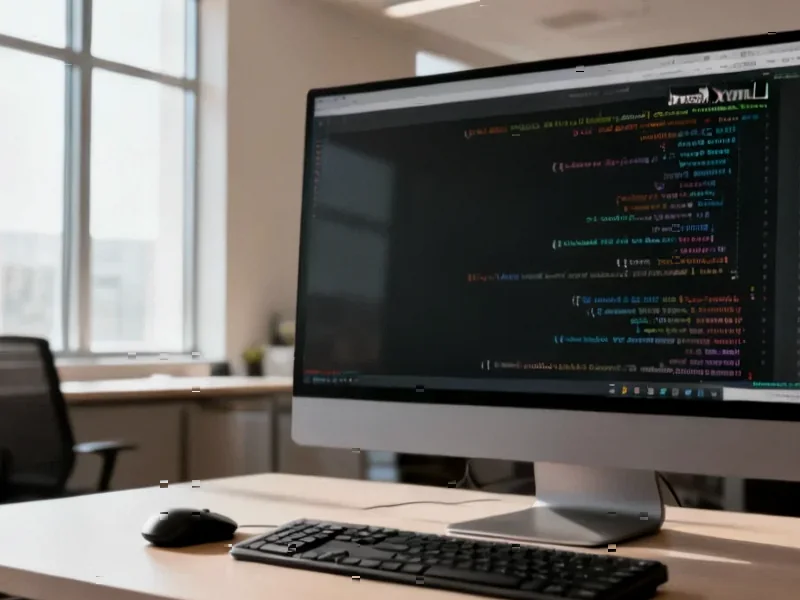According to Phoronix, the LXQt desktop environment has released version 2.3 with improved Wayland support across multiple components including the desktop panel, runner dialog, and appearance configuration tool. The update also includes numerous bug fixes, better icon theme support, and improved handling of screen DPI settings. Separately, the libinput input handling library is preparing to introduce a Lua-based plugin system that will allow developers to modify device behavior and events through custom scripts. This represents a significant expansion of libinput’s capabilities beyond its current configuration options. Both developments come as the Linux desktop ecosystem continues evolving toward more modular and customizable solutions.
Wayland’s Steady March
Here’s the thing about LXQt’s improved Wayland support – it’s not just another checkbox feature. This lightweight desktop environment has always positioned itself as a sensible alternative to heavier options, and proper Wayland compatibility is becoming table stakes. With major players like GNOME and KDE already heavily invested in Wayland, LXQt can’t afford to fall behind. But the real story might be in the timing – we’re seeing Wayland support mature across the board just as X11 shows its age. Is 2024 the year Wayland finally becomes the default recommendation for most users? Probably not quite yet, but we’re getting closer.
The Plugin Revolution
Now libinput’s Lua plugin system is genuinely interesting. Basically, it opens up input handling to the same kind of customization that we’ve seen transform other parts of the Linux stack. Think about what plugins did for text editors, web browsers, and even window managers. Suddenly, you could have community-developed scripts that handle specific gaming mice, custom touchpad gestures, or specialized input devices that libinput doesn’t natively support. The potential here is massive – but so is the complexity. Getting the security model right for input-level plugins will be crucial. Nobody wants their keyboard events being intercepted by malicious scripts.
Who Wins and Loses
So who benefits from these developments? Lightweight desktop users definitely come out ahead – LXQt staying current means more options for older hardware or minimalist setups. And developers working with unusual input devices get new tools in their toolbox. But the bigger picture might be what this says about Linux desktop fragmentation. We’re seeing mature solutions emerge across different environments rather than one-size-fits-all approaches. That’s both a strength and a weakness. It means more choice, but also more coordination challenges. Meanwhile, projects that can’t keep up with these ecosystem shifts risk becoming irrelevant. The bar for what constitutes a “modern” Linux desktop just got higher.
What This Means for Developers
For developers, these changes represent both opportunity and adaptation. The libinput plugin system could spawn an entire ecosystem of input customization tools – imagine profile managers for different applications or gaming configurations. But it also means learning yet another configuration system. And LXQt’s improvements mean developers targeting that environment need to ensure their applications behave properly under Wayland. The good news? We’re seeing more standardization even as customization options expand. Michael Larabel, who’s been covering this space for years, continues tracking these developments closely on his Twitter and personal site. His perspective on how these pieces fit together remains invaluable as the Linux desktop landscape evolves.




